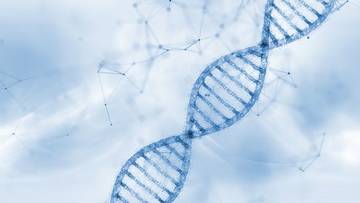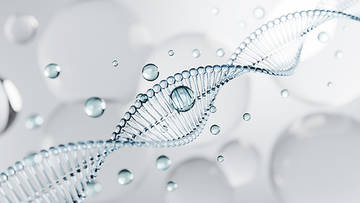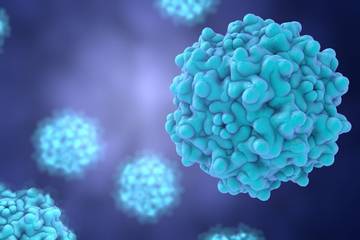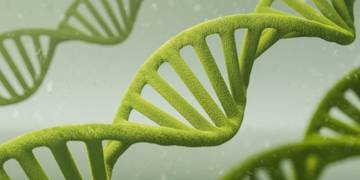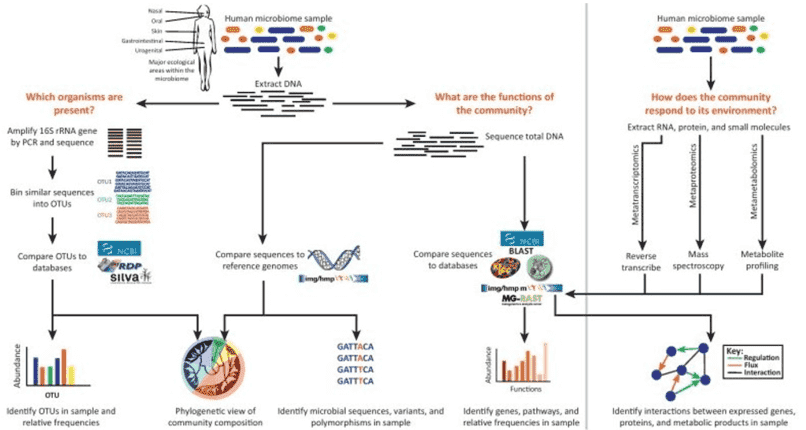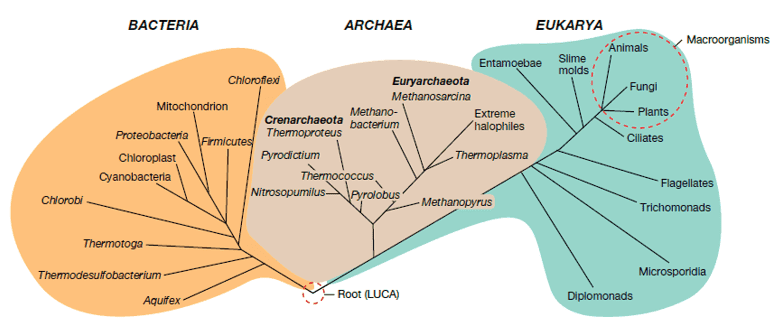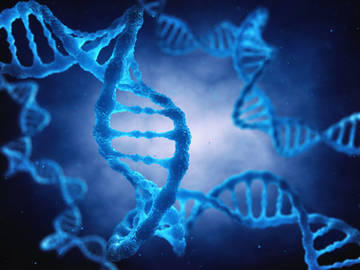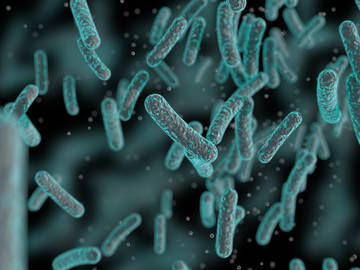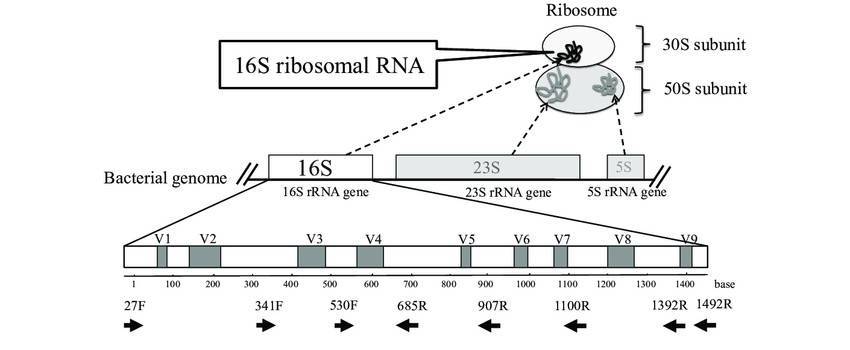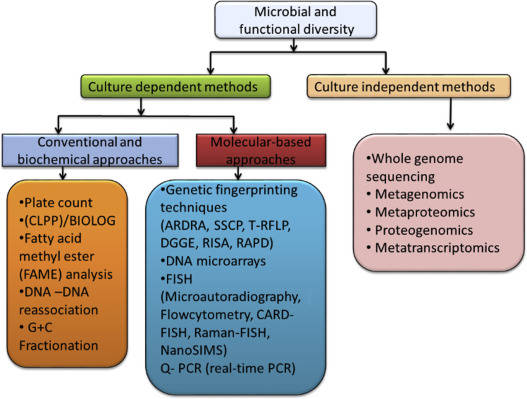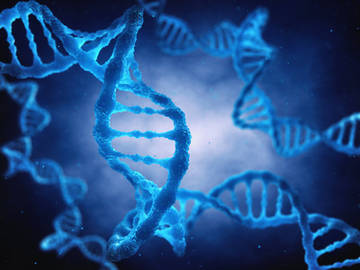The term microbiome comes from the Greek word micro which means small and bios meaning life. It is defined as "a characteristic microbial community occupying a reasonable well-defined habitat which has distinct physiochemical properties". Many researchers in the past defined microbiome based on different contexts such as ecological and genetic aspects. However, scientists noted some gaps in these proposed definitions, and in a recently published work, the definition proposed by Whipps, et al. in 1988 is the most applicable because encompasses the microorganisms or microbiota and their theatre of activity and interactions within the environment.
Microbiome, commonly confused with the term microbiota, is different from the latter as microbiota is defined as the microbial members of a microbiome. While the term microbiome does not only concern the microorganisms found in a specific environment but also includes the products of these microbes such as structural genes and proteins, metabolites, and other molecules produced as a result of the interaction of these organisms to the host or the environment. Another difference is that microbiota only includes living microorganisms but does not account for the phages, viruses, and other extracellular DNA and proteins which function in a microbiome. Metagenomic and metatranscriptomic sequencing is most commonly used in microbiome studies to map out the groups of microorganisms that function in the community and their gene expression.
There are different types of microbiome depending on the specific host or environment wherein the microorganisms live and function. Plant microbiomes consist of microbial communities found in the surrounding soil, plant roots, leaves, seeds, and in other plant tissues. Studies in plant microbiomes aim to determine the effects of the interactions of these microorganisms with the growth and survival of plants. Information gathered from these studies can be used in plant breeding and crop improvement in other to enhance agricultural food, feed, and fiber production.
Another is the marine microbiome which consists of protists, bacteria, archaea, fungi, and viruses found in marine bodies of water. Marine microbiome studies highlight animal-microbial interactions such as symbiosis, mutualism, commensalism, etc. New studies also identify the potential of microbiomes to affect the health, physiology, behavior, and ecology of marine animals as influenced by changes in environmental conditions.
The human microbiome on the other hand consists of all microbiota residing in human tissues, internally and externally, and the biochemical by-products of host-microbe interaction. It is known that there are more microbial cells than human cells in the body therefore the human microbiome is known to affect the health of the host. Human metagenomics aims to identify and classify microbes as normal microflora, pathogens, or invasive species. Human microbiome studies help in identifying microbial influence on human health and the development of diseases including cancer.
Diverse microbial communities play a vital role in the different biochemical processes and energy production and occupy a particular niche in the environment. Mapping the microbiome aids in understanding key events and interactions in a specific ecosystem. Metagenomics and other omics technology help in profiling and recognizing the function of microbiomes.
References
- Apprill, A. Marine animal microbiomes: toward understanding host-microbiome interactions in a changing ocean. Frontiers in Marine Science, 2017, 4:222.
- Berg, G., Rybakova, D., Fischer, D., et al. Microbiome definition re-visited: old concepts and new challenges. Microbiome, 2020, 8:103.
- Hassani, M.A., Duran, P., and Hacquard, S. Microbial interactions within the plant holobiont. Microbiome, 2018, 6(1): 58.
- Marchesi, J.R., and Ravel, J. The vocabulary of microbiome research: a proposal. Microbiome, 2015, 3(31).
- Protima, A., and Sanderson, I. What is the microbiome? Arch Dis Child Educ Pract Ed, 2017; 102: 258-261.


